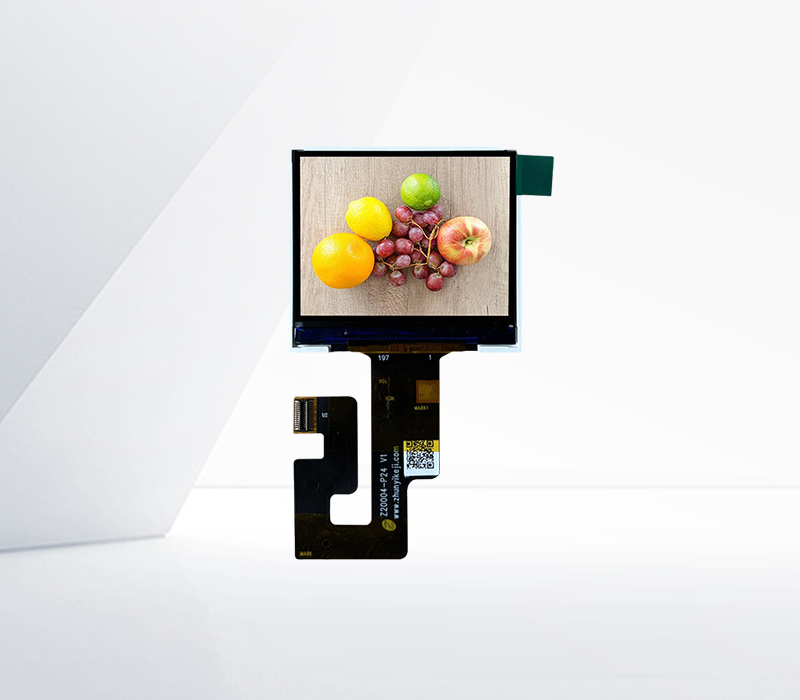




LCD screens supporting remote control have revolutionized the way users interact with display devices, offering convenience, flexibility, and enhanced usability. The ability to control an LCD screen remotely is particularly valuable in a wide range of applications, from home entertainment systems to commercial presentation setups and industrial control panels.
One of the key benefits of remote - controlled LCD screens is the convenience they provide. Users can operate the screen from a distance, eliminating the need to physically interact with the device. In a home theater setup, for example, users can sit comfortably on the couch and adjust the settings of the LCD TV, such as changing channels, adjusting the volume, or accessing the menu, using a remote control. This makes the viewing experience more relaxing and enjoyable, as users do not have to get up frequently to perform these tasks.
Remote - controlled LCD screens also offer greater flexibility in terms of installation and placement. Since the screen can be controlled remotely, it can be installed in locations that are difficult to access, such as high on a wall or in a hard - to - reach area. In commercial applications like digital signage, remote - controlled LCD screens can be mounted in malls, airports, or train stations, and operators can update the content, change the display mode, or adjust the settings from a central control room. This flexibility allows for more creative and strategic use of the display space.
In addition to basic control functions, modern remote - controlled LCD screens often support advanced features. Many remote controls are equipped with touchscreens or gesture - recognition capabilities, enabling more intuitive and interactive control. For example, some smart monitors with remote control can be operated using touch - based commands on the remote, allowing users to swipe, tap, and pinch to navigate through menus, select options, or resize windows. Some remote - controlled LCD screens also support voice control, integrating with virtual assistants like Amazon Alexa or Google Assistant. Users can simply use voice commands to perform various tasks, such as turning on the screen, searching for content, or adjusting the settings, making the operation even more convenient and hands - free.
Security is also an important aspect of remote - controlled LCD screens. In industrial or corporate settings, remote - controlled LCD screens used for control panels or information displays often have secure communication protocols to prevent unauthorized access. Encryption technologies are employed to ensure that the control signals sent from the remote to the screen are protected, safeguarding the integrity and confidentiality of the data being displayed and the operations being performed. Moreover, remote - controlled LCD screens can be configured with user - specific access rights, allowing different users to have different levels of control over the screen, enhancing the security and management of the display system.
